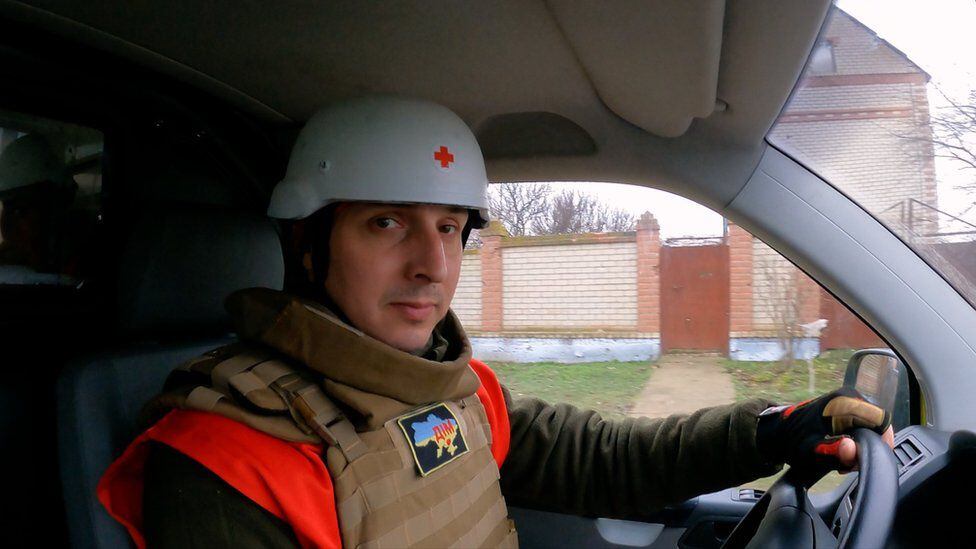South Africa gave us the first look inside omicron, the most contagious variant of coronavirus to date it is expanding speed around the world.
In this country, specifically in Gauteng province, the epicenter of omicron due to the explosion of cases that unleashed from mid-November to early December.
LOOK: In which Latin American countries are coronavirus infections increasing after the appearance of omicron
But the number of infections now appears to be falling almost as fast as it has risen in both this province and the rest of the African country.
On November 14, 283 new cases were registered. Just a month later, on December 16, infections skyrocketed to 23,000 a day nationwide.
- WHO foresees “large number” of hospitalizations in the world, although omicron is less dangerous
- China extends quarantine as coronavirus rebounds in Europe and the United States
- Guayaquil raises the alert level due to the advance of the coronavirus and prohibits the consumption of liquor on the street
A growth not seen during the entire pandemic that quickly retorted in countries like the United Kingdom or Denmark and that is now seen in much of Europe and the United States.
But since that December 16, the number of daily infections has plummeted in South Africa and this Monday, December 27, fewer than 15,000 cases were registered.
The first findings on omicron suggest that it is less serious than its predecessors but that the higher rate at which it is contagious continues to be a challenge for hospitals and primary care centers.
The first line against omicron
Since this new variant was first detected in South Africa, the world has closely followed what is happening here, seeking to understand more about omicron.
The epicenter arose in the province of Gauteng, the most populous in this country with approximately 16 million people.
In Gauteng is the largest city, Johannesburg and the capital, Pretoria.
Following the rapid increase in cases here in mid-November, scientists began extensive genetic testing that soon came up with the new variant that was finally announced to the world on November 25.
Its high transmission caused omicron to quickly become dominant in South Africa, with most cases being reported in Gauteng.

And although omicron did not seem to have the same effect on the number of hospitalizations for other variants from the start, experts were concerned that the skyrocketing number of cases saturate hospitals.
But since mid-December the cases in this province began to decline rapidly, replicating the same pattern in the rest of the country.
“The rapid increase in cases has been followed by a rapid decline and now it seems that we see the beginning of the end of this wave,” said Dr. Fareed Abdullah, of the Steve Biko Academic Hospital in Pretoria, in statements collected by the Associated Press.
And the downward trend does not seem to be slowing down, at least until this December 28.
What is happening in other countries?
Last week, in the face of the decrease in cases in South Africa, Salim Abdool Karim, one of the leading epidemiologists in the response to the pandemic in this nation, said in an interview with The Washington Post that he hoped that “every country, or almost everything country, follow the same path. “

From South Africa, precisely, we received the first studies on the apparent lower gravity caused by omicron.
A few days later, similar analyzes were replicated in other countries and reinforced those conclusions.
In one of these investigations, the UK Health Security Agency estimated that those infected with omicron had 50% to 70% less likely to need hospital treatment compared to other variants.
However, it still seems too early to know if the drop in South African cases will also occur in the coming weeks in other countries.
December has been a month of record numbers of daily cases in European countries such as United Kingdom, Denmark, France or Norway.
And although this growth seems to have slowed in recent days in the United Kingdom, for example, it is difficult to draw conclusions given that the Christmas festivities interrupt the usual rate of notification of cases.
Whether or not the South African case will be repeated is something that only the evolution of the weeks will be able to say, although the situations are hardly comparable.

Different cases
Making comparisons between countries is difficult due to demographic and epidemiological differences.
Several experts agree and insist that the lower average age of the South African population and the high levels of immunity acquired during the waves of the delta and beta variants, make South Africa a A case that is difficult to extrapolate to Europe and other continents.
Last week, the UK’s Scientific Advisory Group for Emergencies (SAGE) admitted that both the number of hospitalizations and infections appeared to be declining in Gauteng province, where South Africa’s omicron epicenter was decreed. .
However, they added that “the reasons for this were unclear and that it could not be assumed if it would be sustainable“.
“Nor can it be assumed that the wave in the UK will follow a similar pattern, given different populations and epidemiological situations,” SAGE said.
For the moment, countries continue to ramp up their vaccination campaigns and the administration of booster doses. Others have taken up measures of confinement and social distancing.
Meanwhile, the world remains attentive to South Africa for any clue that allows a better understanding of this variant that threatens public health almost two years after the pandemic was decreed.
___________________________
- The day that ‘El Chapo’ Guzmán left a city without roses to bury his son
- Mexico will require a visa from Venezuelans to prevent them from reaching the United States
- The murdered actress Tania Mendoza and her love for the Mexican drug lord Arturo Beltrán Leyva
- “My husband cut off my hands with an ax”
- Tania Mendoza, actress of “La mera reina del sur” is shot to death in Mexico
.

:quality(75)/cloudfront-us-east-1.images.arcpublishing.com/elcomercio/UYWCRVGFQRHRXL273A3WHKQXF4.webp)





